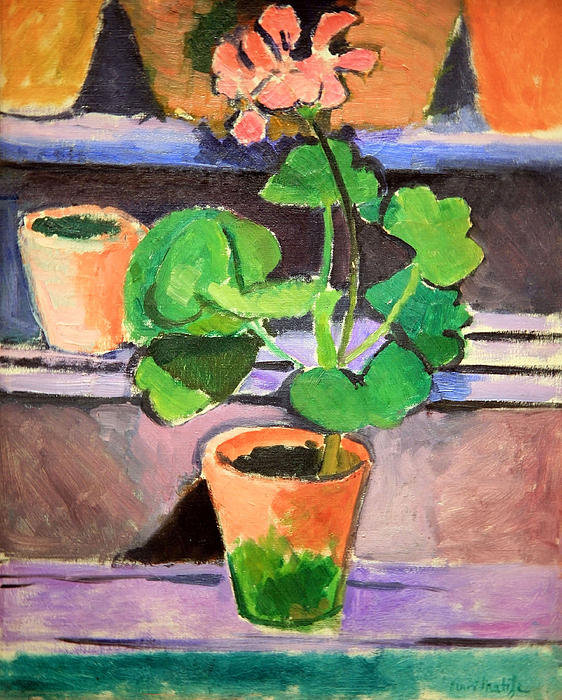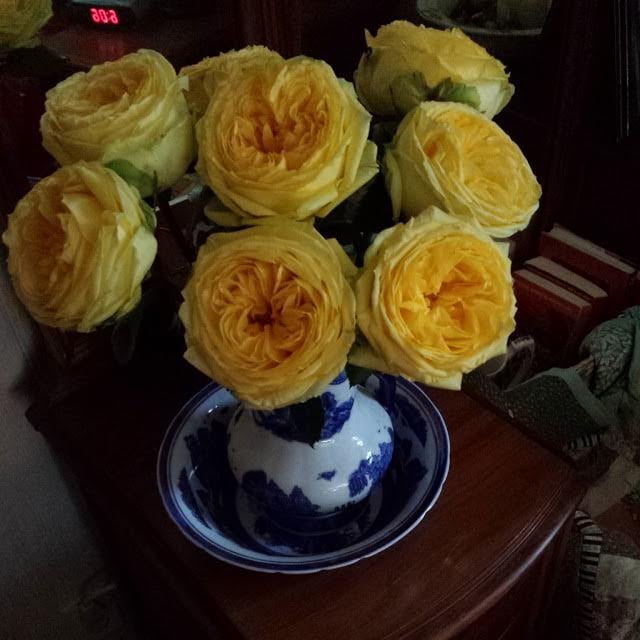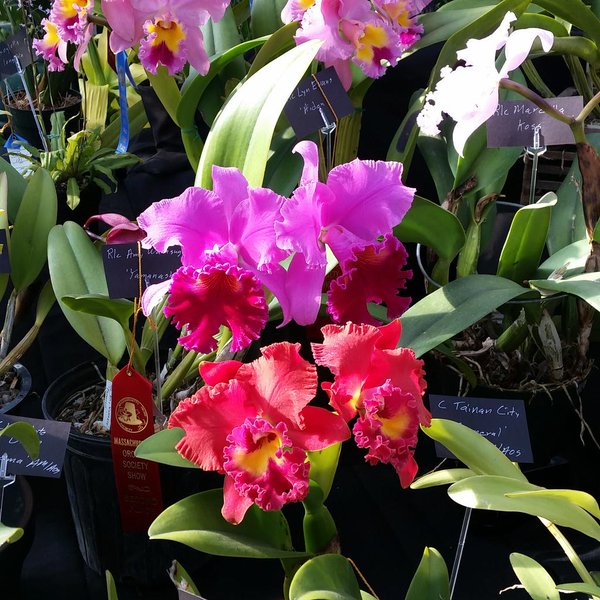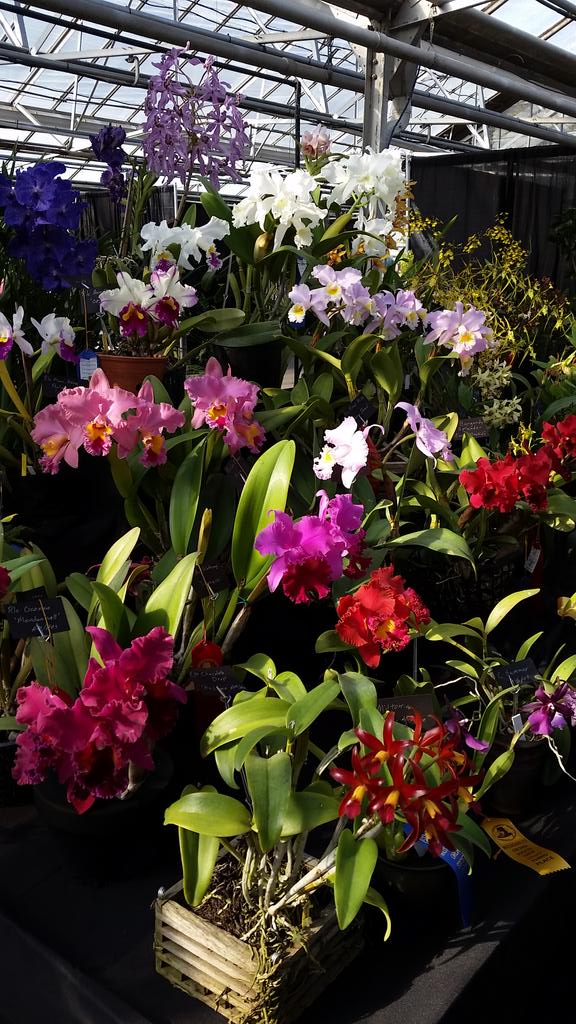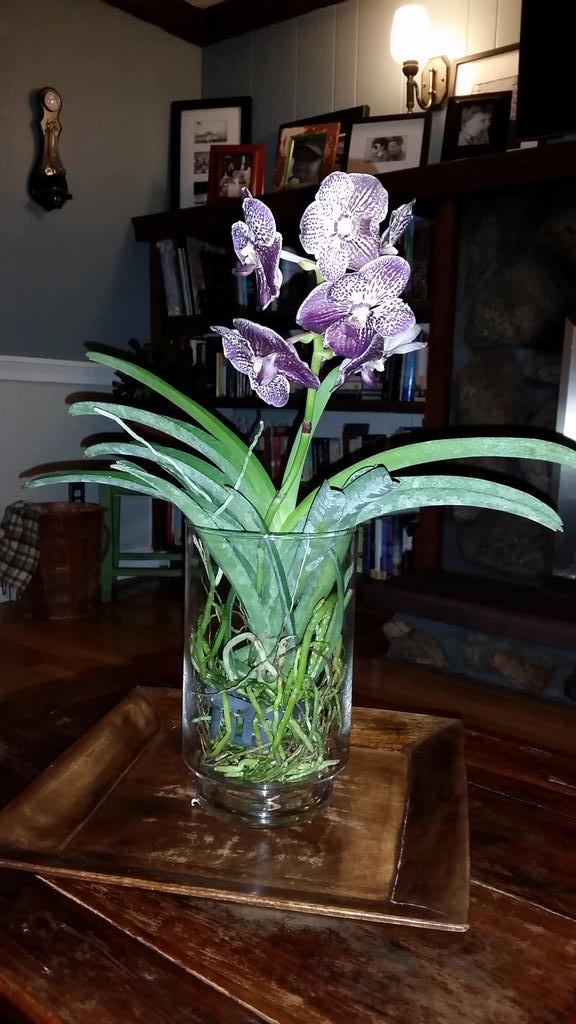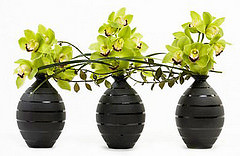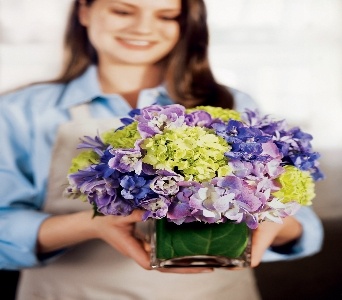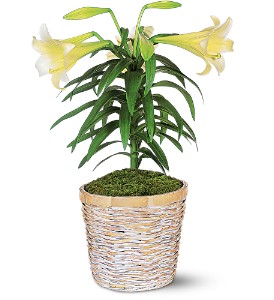The month of March is the luckiest time of the year when we search for four leaf clovers, leprechauns and of course, their pot of gold at the end of a rainbow. It’s the season of adventure, the season of mystery, and most of all, the season to find trinkets that we believe can bring prosperity to anyone clever enough to find them. The magic that surrounds the idea of certain items enhanced with good fortune is a popular belief found throughout many cultures although Bostonians typically celebrate this during Saint Patrick’s Day. Although we may never retrieve a perfect shamrock or trace the whereabouts of an imp’s treasure, there are certainly other tokens that are believed to be symbolic of “luck” and are quite a bit easier to obtain.
One suggestion is to do a little research on varieties of flora and fauna that have been known to precipitate a shower of good tidings to all those who plant or place them within their homes. In case you’re cringing, I wasn’t talking about those familiar green carnations that seem to arrive at the beginning of every March. No, fortunately there are several other plants and flowers that have been labeled as “luck” driven conduits. Although not all of them are shaded in green, these species are not only a good omen in your garden but also breath taking to feature in a favorite vase or landscaped bed. If you’re looking to make a change from the traditional symbols of Saint Patrick’s charms, take a look at these varieties that promise to please and might even send good fortune your way!
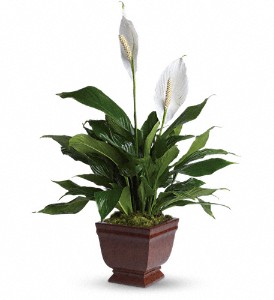
Peace Lilies
The name of this flower is literally the characteristic it holds, which is the ability to enhance peace and a constant flow of positive energy whether they are in your garden, office or on your dining room table. A Peace Lily’s creamy supple texture is translated into the flower’s nature to smooth out disagreements as well as raise comradely. Not only are they stunning in appearance and easy to take care of, they are easily ordered from local florists in and around the city.

Lucky Bamboo
Lucky Bamboo is the next most popular flower next to green carnations sold in the month of March. The reason is because not only are these stalks inexpensive and readily available, they are believed to attract the five core luck factors (wealth, love, happiness, health and spirituality) to those who place them in a vase in their home. If the funky abstract stems and cool presentation interests you, be sure to buy the stalks in multiple packs. The more stems you have bunched together, the stronger the ability of the plant to attract the five lucky attributes.

Sunflowers
Not only are sunflowers one of my favorite blooms having strong round heads with color resembling sunshine, but they are also know to bring safety and protection to your family as well as nurture positivity within the home. Other attributes to sunflowers include and increase of fertility, cultivation of new relationships and the ability to ward of those who are not truthful.

